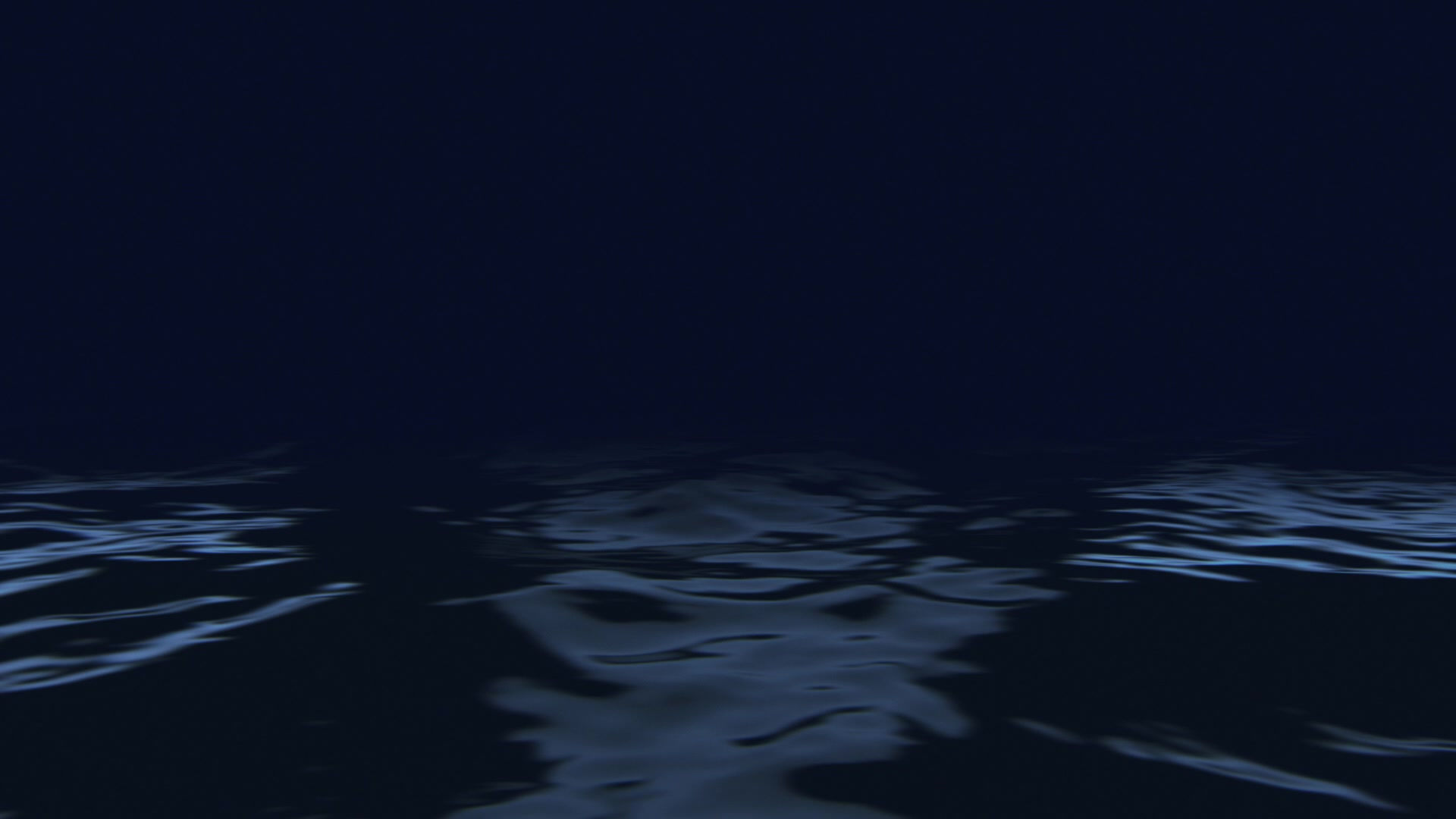



The images above are objects I recovered from the ocean floor at Cronulla Beach, they range from leashes, fins and legropes.
The objects were placed onto light-sensitive photo paper and this is the result.
The core of a surfboard is its polyurethane foam mould but on top of that, after the mould is shaped, it is then coated with a polyester resin which is just as damaging to the environment
Polyester resin can be just as toxic as polyurethane if it comes into contact with the skin.
It causes skin irritations, allergic reactions and severe burns. It’s also poisonous if consumed or inhaled.
Shortboards have become the modern standard, offering high performance and manoeuvrability.
The average height for a shortboard is 185cm, this board would hold nearly 18kg of carbon dioxide.
For reference, burning 4.5L of petrol would release only 9kg of carbon dioxide.
If there was an emergency fire in a surfboard factory, the resin would become extremely toxic to the atmosphere.
Imagine surfing at your favourite beach, you catch a wave and for whatever reason, your board snaps in half.
The half that's attached to your legrope leaves the beach with you but the other half is now lost under the waves.
Your board is no longer sealed by the resin and is now emitting carbon dioxide.
Surfboard wax is another harmful product.
The main ingredient in surf wax are petrochemicals and most waxes are made from paraffin, a toxic byproduct from the refining process used for petroleum.
A block of wax is no bigger than an average-sized bar of soap but a single surfboard can use up to a dozen blocks a year.
If you have multiple boards, the harmful effects of wax only multiply every time you scrap off your winter wax for a new summer coat. Whilst surfing, pieces of wax eventually lose their adhesiveness and break off into the sea.
Ordinary surf wax harms reef and marine life and there are now concerned members of the community trying to popularise environmentally friendly surf wax.
Terry Lane, the creator of ‘Beez Brew Eco Surf Wax’ in Sydney, is a surfer/activist who witnessed this problem firsthand and decided to make a change by creating his own eco-friendly wax.
The images below are objects I recovered from the ocean floor at Cronulla Beach, they range from fins, surf keys, molten surf wax and wax combs. The objects were placed onto light-sensitive photo paper and this is the result.


